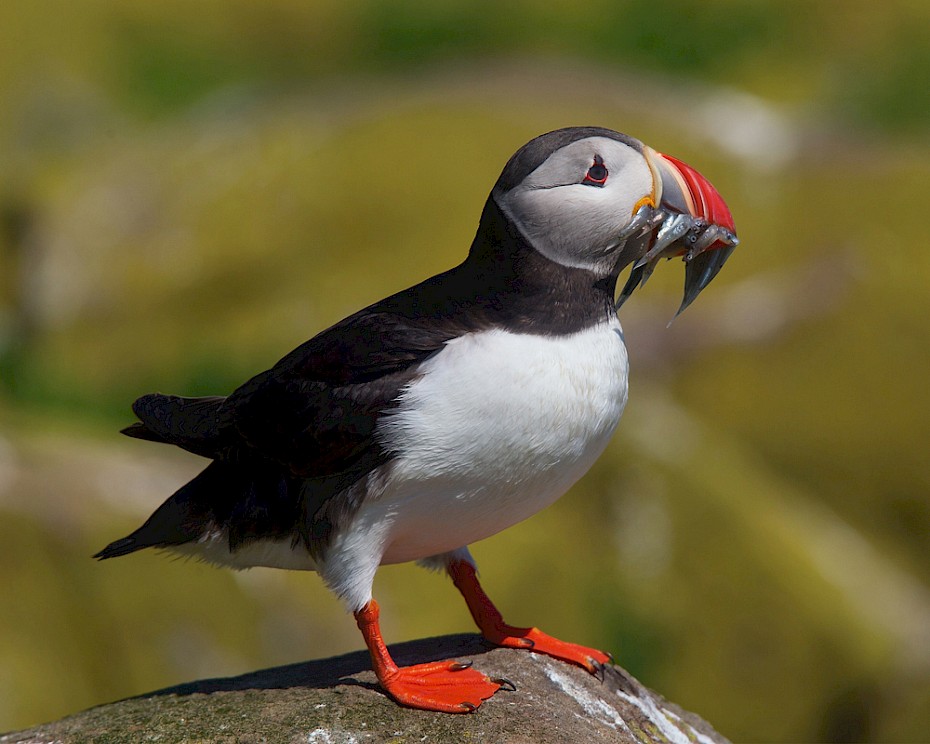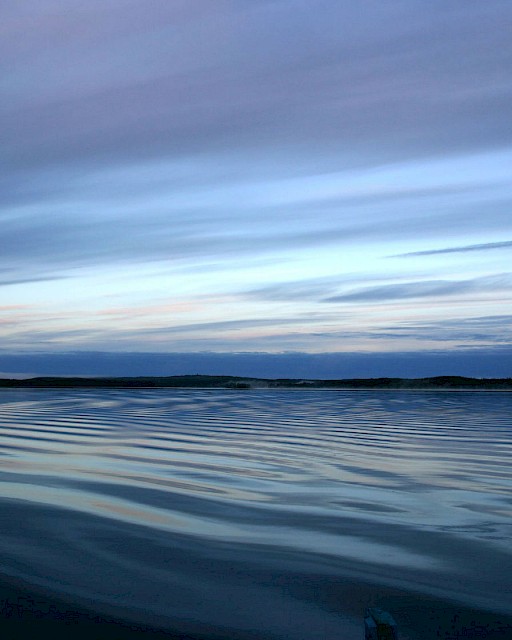Region III: Celtic Seas
The Celtic Seas region contains wide variations in coastal topography, from fjordic sea lochs, to sand dunes, bays, estuaries and numerous sandy beaches. The large range of habitats in the region supports a diverse fish fauna. Although traditional maritime activities, such as fishing, take place in the Celtic Seas, there is ongoing development of tourism.
Region III, the Celtic Seas, extends between 60° N and 48° N and between 5° W and the west coast of Great Britain to the 200 m depth contour to the west of 6° W. The region contains wide variations in coastal topography, including fjordic sea lochs, rocky headlands, cliff formations, salt marshes, sand dunes, bays, estuaries and numerous sandy beaches. Region III also contains a number of internationally important ports and harbours. Generally, water movement is from south to north, with oceanic water from the North Atlantic entering from the south and west of the region and moving north towards either the Arctic or North Sea. However, there are also complex intermediate water movements, particularly within the Irish Sea. The strongest winds in Region III come from the west and south, with a tendency for the strongest winds to be experienced in the north and west of the region.

The general pattern of population change in the coastal areas of Region III is one of declining numbers in the largest city centres, growing populations in the suburbs of major towns, and stable or declining populations in more rural and remote regions. There are seasonal variations in the population of many coastal resort towns. The current trend in tourism and recreation towards a diverse range of more individual pursuits (such as angling and surfing) on less developed parts of the coast can result in new pressures on natural habitats and water quality. Other human activities in the region include: fishing, mariculture, sand and gravel extraction, dredging and dumping, oil and gas exploration and production, shipping, coastal industry, military activities and agriculture.
The large range of habitats in the region support a diverse fish fauna, including many commercially important species. Many of these species have relatively short migration routes between feeding and spawning areas. The region has a large number of areas attractive to seabirds and waterfowl. The common or harbour seal and the grey seal are widely distributed throughout the region. The waters around Ireland and to the west of Scotland support a variety of cetaceans, but apart from the population of bottle-nose dolphins in Cardigan Bay, they are only occasionally seen in the Irish Sea.


